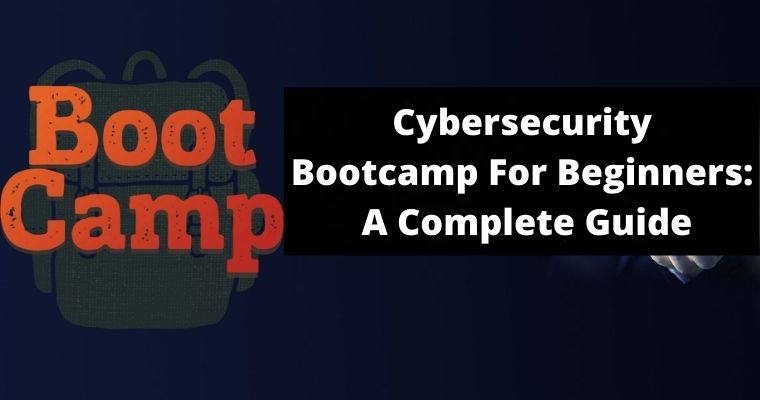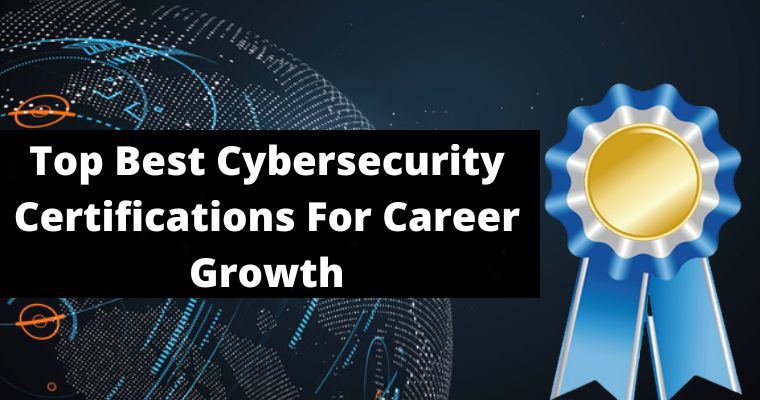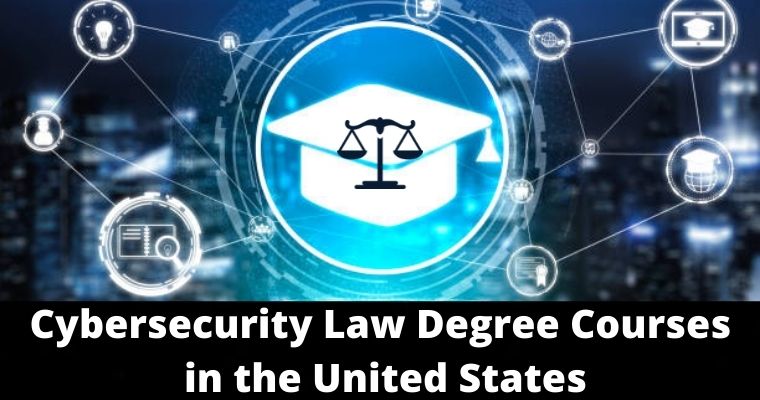In the wake of recent cyberattacks on large retailers and health care providers, the need for better cybersecurity education and training has been highlighted.
This will also prepare a new generation of cybersecurity workers to protect our cyberspace from intruders and attackers.
Cybersecurity is becoming increasingly important in the United States at all levels, and President George W. Bush in 2008 created the Comprehensive National Cybersecurity Initiative (CNCI), which President Obama is continuing.
In Initiative#8, CNCI attempts to expand Cyber Education to develop a digitally literate workforce and cyber-savvy workforce.
In March 2013, top intelligence officials testified before the Senate that cyber threats and digital spying are the greatest threat to national security, even more so than terrorism. It’s important to note that Missouri ranks 5th in cybersecurity breaches in the United States.
Table of Contents
What the program at the University of Central Missouri aims to accomplish?
University of Central Missouri’s Cybersecurity program aims are as follows:
- We provide an adequate number of undergraduate and graduate programs that enhance students’ knowledge and prepare them for careers as computer professionals or advanced graduate work.
- Students are offered computer-related courses to enhance student learning and meet the needs of an increasingly technologically driven workforce.
- Assist the faculty with their professional development by supporting them in service, leadership roles in professional organizations, scholarship research, and grant writing.
Curriculum objective:
The knowledge and skills garnered in a Bachelor of Science degree in Cybersecurity will enable graduates within a few years of completing the master’s program to:
- Acquire or attain higher education in Cybersecurity and Information Assurance-related fields.
- Update their professional knowledge and skills in response to innovations and changes to meet the needs of industry and academia.
- To serve and engage in fulfilling professional roles within their communities.
Learning outcomes for students:
- Assess a complex computing problem and determine a solution based on principles of computing and other relevant disciplines.
- This phase aims to help with the development and evaluation of an application that complies with a specific set of technical requirements.
- Engage in effective communication in a range of professional contexts.
- Acknowledge professional responsibilities and make informed decisions regarding computing practice in light of legal and ethical principles.
- Participate effectively in a team activity related to the program’s discipline.
- To maintain operations amid risks and threats, apply security principles and practices.
Cybersecurity career options:
Cybersecurity jobs are no longer reserved for organizations with highly specialized niches. Rather, these jobs now exist across a spectrum of industries such as defense, homeland security, banking, and law enforcement.
In the United States, the outlook for cybersecurity jobs (a typical job is an information security analyst) is very positive, according to the Bureau of Labor Statistics.
With a projected growth rate of 37% over the next ten years, Cybersecurity is the second-fastest-growing occupation in the United States after accounting for law enforcement.
Missouri’s cybersecurity workforce is projected to grow by 28% over the next decade, making it the third fastest-growing occupation.
A study by USNews ranked Cybersecurity as the fifth most promising major for the job market.
The Washington Post quoted Tom Kellerman, a member of the President’s Cybersecurity commission, as saying, “The government needs ten thousand experts by the end of the year, and the private sector needs four times that number.”
An analysis of CIO salaries shows cybersecurity salaries are three times higher than the national average.
Using cyberspace:
Students in the program have access to industrial-level computing labs to meet their instructional and research needs.
With Cyber Range (Cyber Central), participants can experience a virtual network environment while practicing cybersecurity principles.
Students can use Cyber Central’s labs to perform Ethical Hacking and Computer and Network Forensics classes.
The Cyber Central platform includes NDG Netlab+ and supports a virtual lab that students would use to practice lab exercises remotely via the Internet.
It is not advisable to perform cybersecurity lab exercises on a live network since doing so could compromise the institution’s or homeowner’s network security.
It provides a virtualized network that isn’t connected to other networks and allows hacking exercises to be done without interfering.
Learn more about Cybersecurity by joining a student organization. These are as follows:
- Students can participate in cybersecurity clubs, such as Cyber Mules, a National Cyber Security Student Association (NCSA). Students can also join.
- Chapter of the Association for Computing Machinery (ACM) for students
- Upsilon Pi Epsilon (UPE), an honor society for Computer Science and Information Technology.
Participation in these organizations will allow you to attend regional and national conferences and compete in state and national Cybersecurity competitions.
Conclusion
The nation would benefit from more highly trained workers for cybersecurity roles. All organizations must comprehend their threat environment and risks, resolve any cybersecurity issues, and hire skilled employees to complete those tasks.



